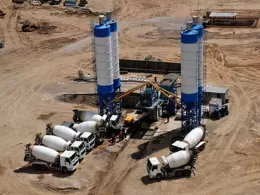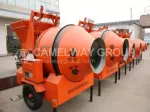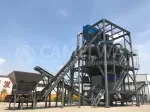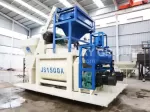As for all materials, the performance of concrete is determined by micro-structure, which is determined by its composition, curing conditions, and also by the mixing method and mixed conditions used to process the concrete. The mixing procedure includes the type of mixer, the order of introduction of materials into the mixer, and the energy of mixing (duration and power). To control the work ability or theology of the fresh concrete, for example, it is important to control how the concrete is processed during manufacture.
In this overview, there are different commercially available mixers will be presented together with a review of the mixing methods. Furthermore, the advantages and disadvantages of different mixers and mixing methods and their application will be examined. A review of mixing methods in regards to the quality of the concrete produced and some procedures used to determine the effectiveness of mixing methods will also be given.

To determine the best hybrid method for a specific application, factors to be considered include location of the construction site (distance from the batching plant), the amount of concrete needed, the construction schedule (volume of concrete needed per hour), and the cost. However, the main consideration is the quality of the concrete produced. This quality is determined by the performance of the concrete and by the homogeneity of the material after mixing and placement.
There should be a methodology to determine the quality of the concrete produced, but only few methods and only one attempt of standardization were found in the literature. The methodology to determine the quality of the concrete mixed is often referred to as the measurement of the efficiency of the mixer. The efficiency parameters of a mixer are affected by the order in which the various constituents of the concrete are introduced into the mixer, the type of mixer, and the mixing energy (power and duration) used.












0 Comment